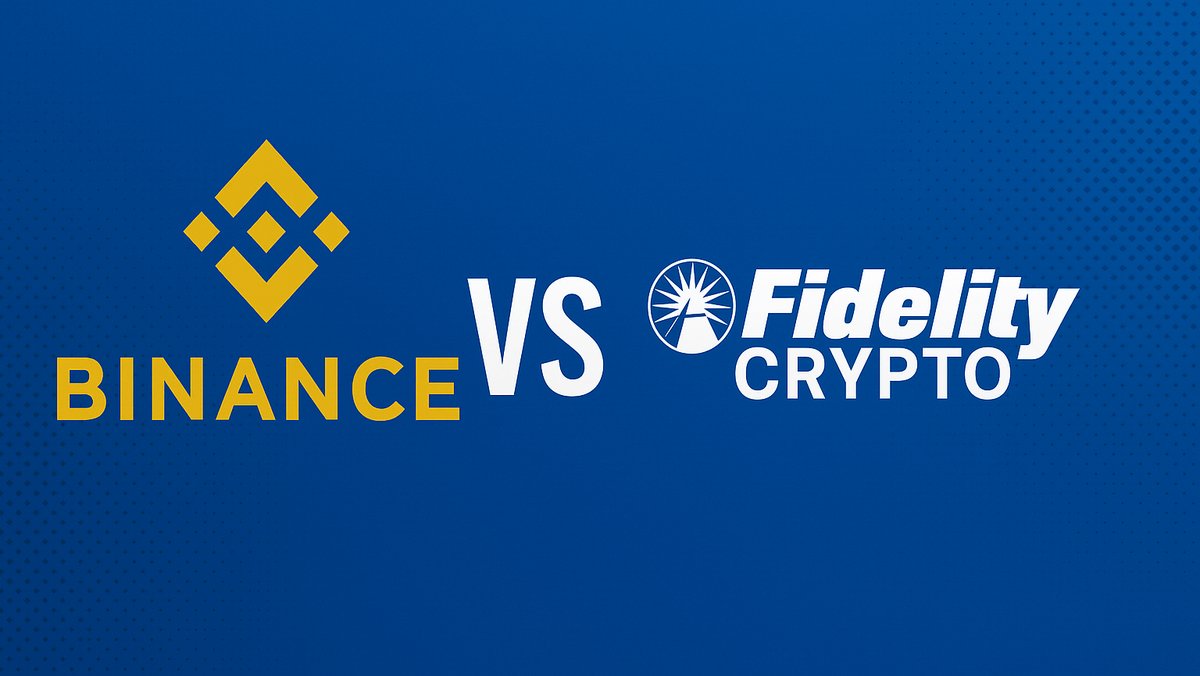Binance vs Fidelity: Which Exchange Should You Choose?
Binance and Fidelity represent two very different approaches to cryptocurrency trading. Binance is the largest global crypto exchange by volume, offering a wide variety of digital assets and advanced trading options. Fidelity, on the other hand, is a legacy financial institution integrating Bitcoin and Ethereum into its existing investment ecosystem. This article explores fees, regulation, security, and overall suitability for investors with different goals.
Exchange Overview
Binance: Founded in 2017, Binance has become the world’s leading crypto exchange, serving millions of users across 100+ countries. It provides access to hundreds of coins, advanced derivatives markets, and staking services. However, Binance has faced regulatory challenges in several jurisdictions.
Fidelity: A decades-old financial powerhouse, Fidelity launched its crypto services to allow retail and institutional investors to buy and hold Bitcoin and Ethereum. Fidelity offers crypto within the same platform as stocks, ETFs, and retirement accounts, appealing to conservative investors seeking regulatory compliance.
Fees
Binance: Fees start at 0.1% per trade and can be reduced by using Binance’s native token (BNB) or through high trading volumes. This makes Binance one of the cheapest options globally.
Fidelity: Charges about 0.35% per trade, which is higher than Binance but lower than Coinbase. Fidelity does not offer discounts for volume trading.
Verdict: Binance is the clear winner for traders prioritizing cost efficiency.
Security
Binance: Uses Secure Asset Fund for Users (SAFU), cold storage, and multi-factor authentication. Despite these measures, Binance has experienced hacks in the past, though losses were reimbursed.
Fidelity: Provides institutional-grade custody and insurance protections. With a strong reputation in traditional finance, Fidelity is considered one of the safest custodians for crypto assets.
Ease of Use
Binance: Designed for traders of all levels, but its vast options can overwhelm beginners. The platform has multiple interfaces (Lite and Pro) to cater to different users.
Fidelity: Very simple and streamlined. Perfect for those who already use Fidelity for stocks or retirement accounts. However, it lacks advanced trading tools.
Supported Assets
Binance: Supports over 350 cryptocurrencies, including DeFi tokens, NFTs, and stablecoins.
Fidelity: Limited to Bitcoin and Ethereum at this time, reflecting its conservative regulatory stance.
Conclusion
If you want access to hundreds of coins, low fees, and advanced trading, Binance is the better choice. If you prefer a secure, regulated, and straightforward way to hold Bitcoin and Ethereum alongside your traditional investments, Fidelity is ideal. Ultimately, the decision depends on whether you prioritize variety and trading opportunities or trust and simplicity.
Further Reading and Resources
SEC Coin | Guides | Crypto Tax
Frequently Asked Questions
Is Binance legal in the U.S.? Binance operates a separate U.S. entity (Binance.US) due to regulatory requirements. Global Binance is not available to U.S. users.
Does Fidelity allow crypto withdrawals? Currently, Fidelity does not support direct crypto withdrawals to external wallets.
Which platform is safer? Fidelity has stronger regulatory oversight, while Binance has broader features but a history of regulatory scrutiny.







